Sections
Latest
Let's learn how to answer 'Where ...' and 'Where to ...' questions, in German!
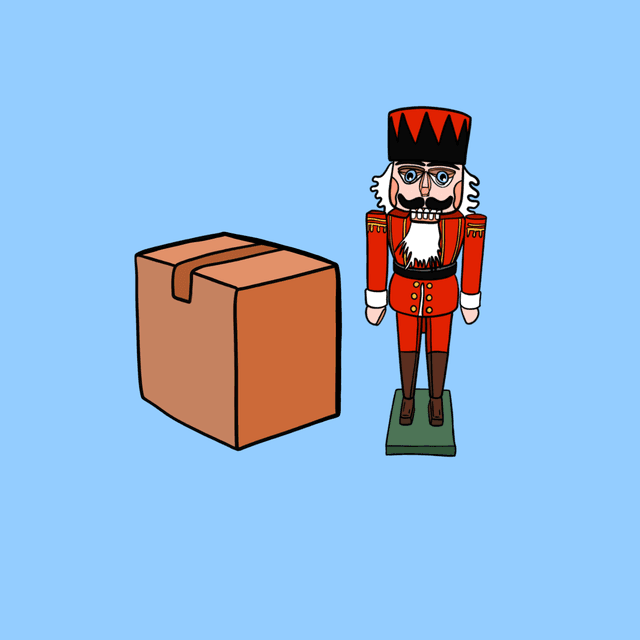




Prepositions are words that describe the location of a noun, in relation to another.
Der Nussknacker ist/geht...
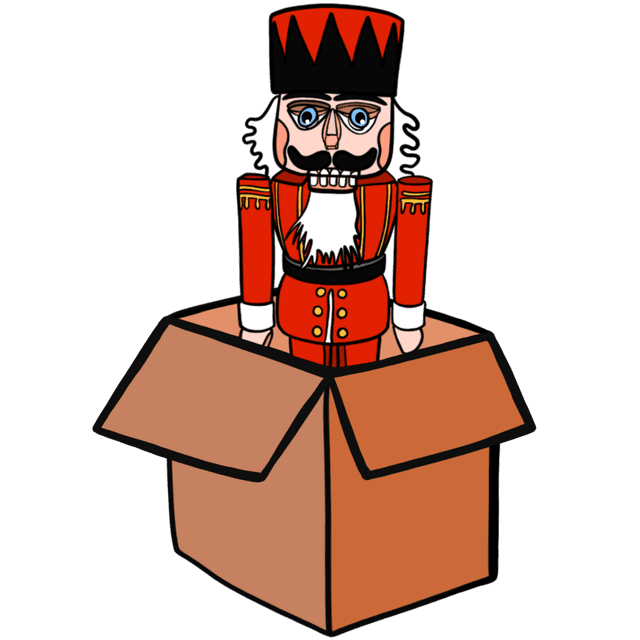
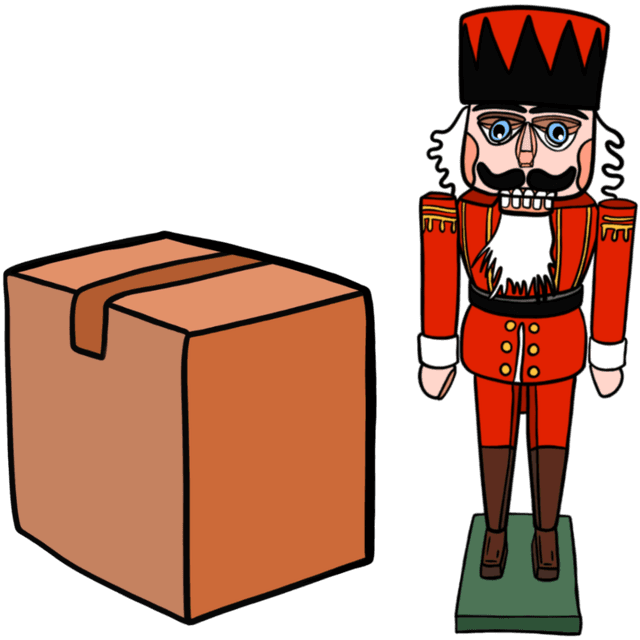
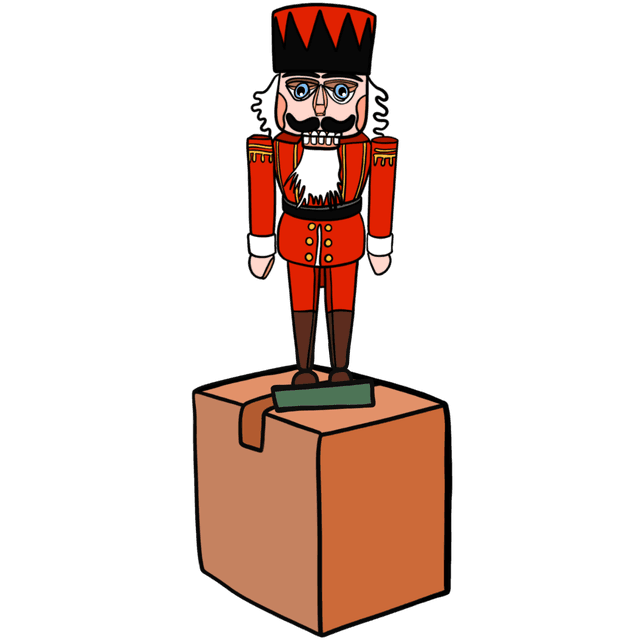
They are used to answer 'Where' and 'Where to' questions, or Wo and Wohin questions:
| English | German | Question | Answer |
|---|---|---|---|
| Where | Wo | Wo ist der Nussknacker? | Der Nussknacker ist in dem Karton. |
| Where to | Wohin | Wohin geht der Nussknacker? | Der Nussknacker geht in den Karton. |
Have a look at the table below:
| Case | Preposition |
|---|---|
| Dative | ab, zu, bei, von, aus, gegenüber |
| Accusative | bis, durch, für, ohne, gegen, um |
| Two-way | in, an, auf, neben, hinter, über, unter, vor, zwischen |
You'll notice that the prepositions are divided into three types:
Let's take a closer look at them.
When a dative preposition is used, such as aus, the following noun uses the dative case:
Ich kaufe Schokolade aus dem Supermarkt.
When an accusative preposition is used, such as durch, the following noun uses the accusative case:
Der Fuchs läuft durch den Wald.
When a two-way preposition is used, such as auf, the following noun uses either the
accusative case or the dative case, depending on whether a Wo or Wohin
question is being answered:
Wo:
| auf + dative | English Translation | Where is |
|---|---|---|
| Die Katze ist auf dem Tisch. | The cat is on the table. | Where is the cat? |
Wohin:
| auf + accusative | English Translation | Where to |
|---|---|---|
| Die Katze klettert auf den Tisch. | The cat climbs onto the table. | Where to is the cat climbing? |
Take a look at the sentences below.
Which sentences answer a Wo question, and which Wohin?
Remember: Wo questions describe the static location of the subject. Wohin
questions describe the moving direction of the subject.
Click on your guess, to reveal the answer.
Well done! 🎉
Let's continue with one more exercise.
Take a look at the images in the table below. Then, complete each sentence underneath it, by selecting the correct preposition.

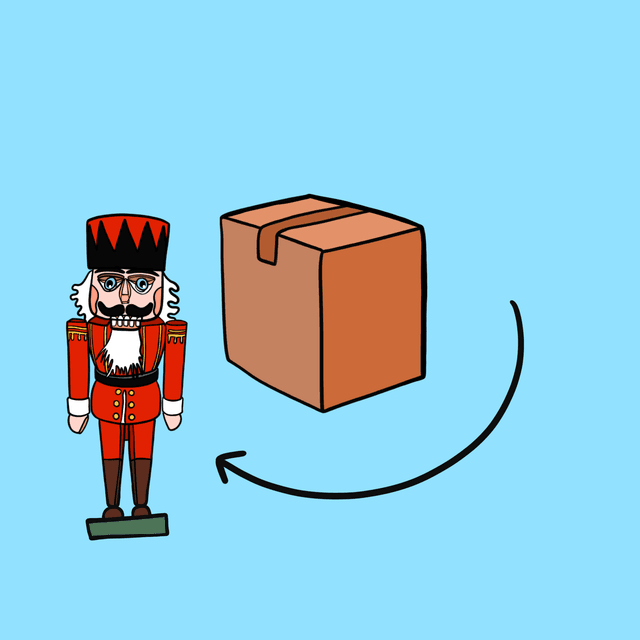
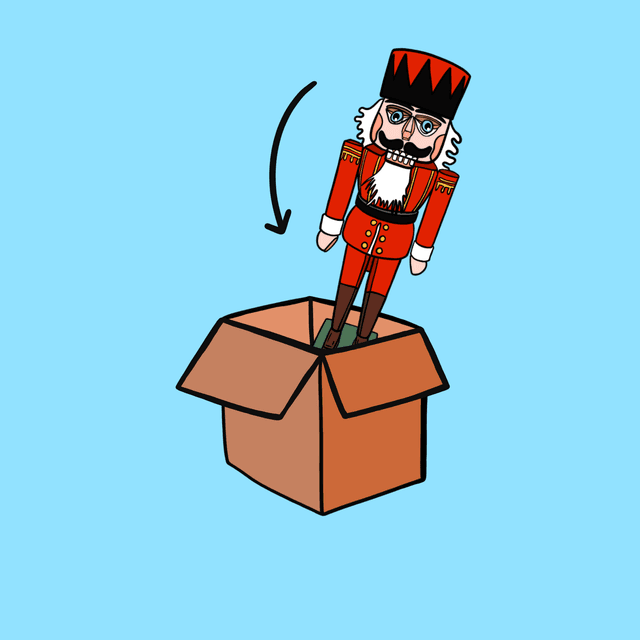
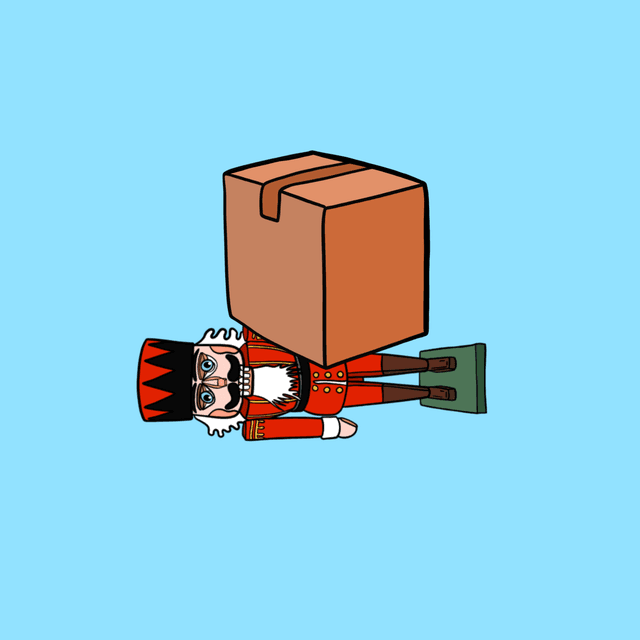

Sentences:
Well done! 🎉
You are starting to use prepositions of place in your sentences.
And with that last lesson, you have finished the beginner course! Great Job! 👏
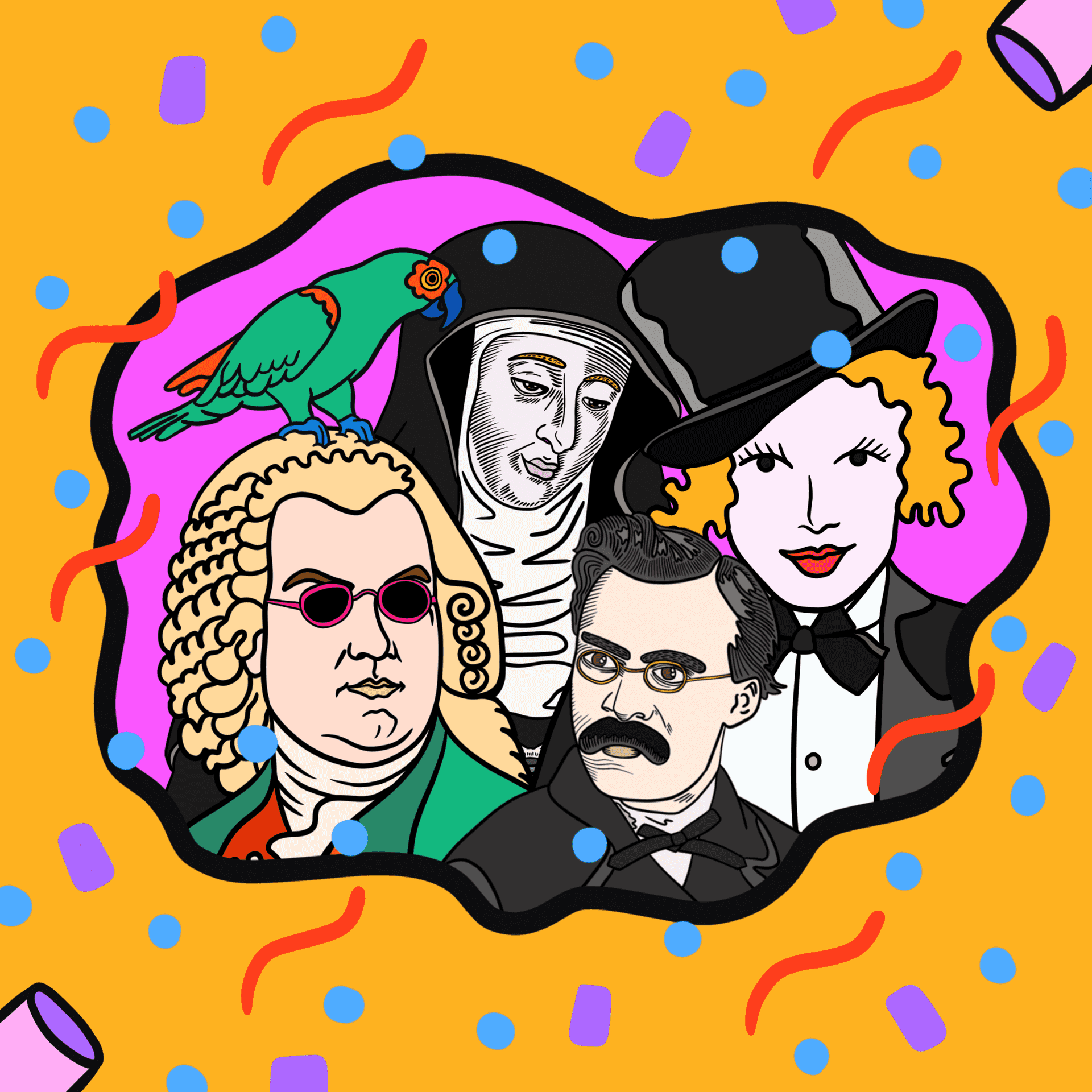
For more learning resources: Easy German Reading